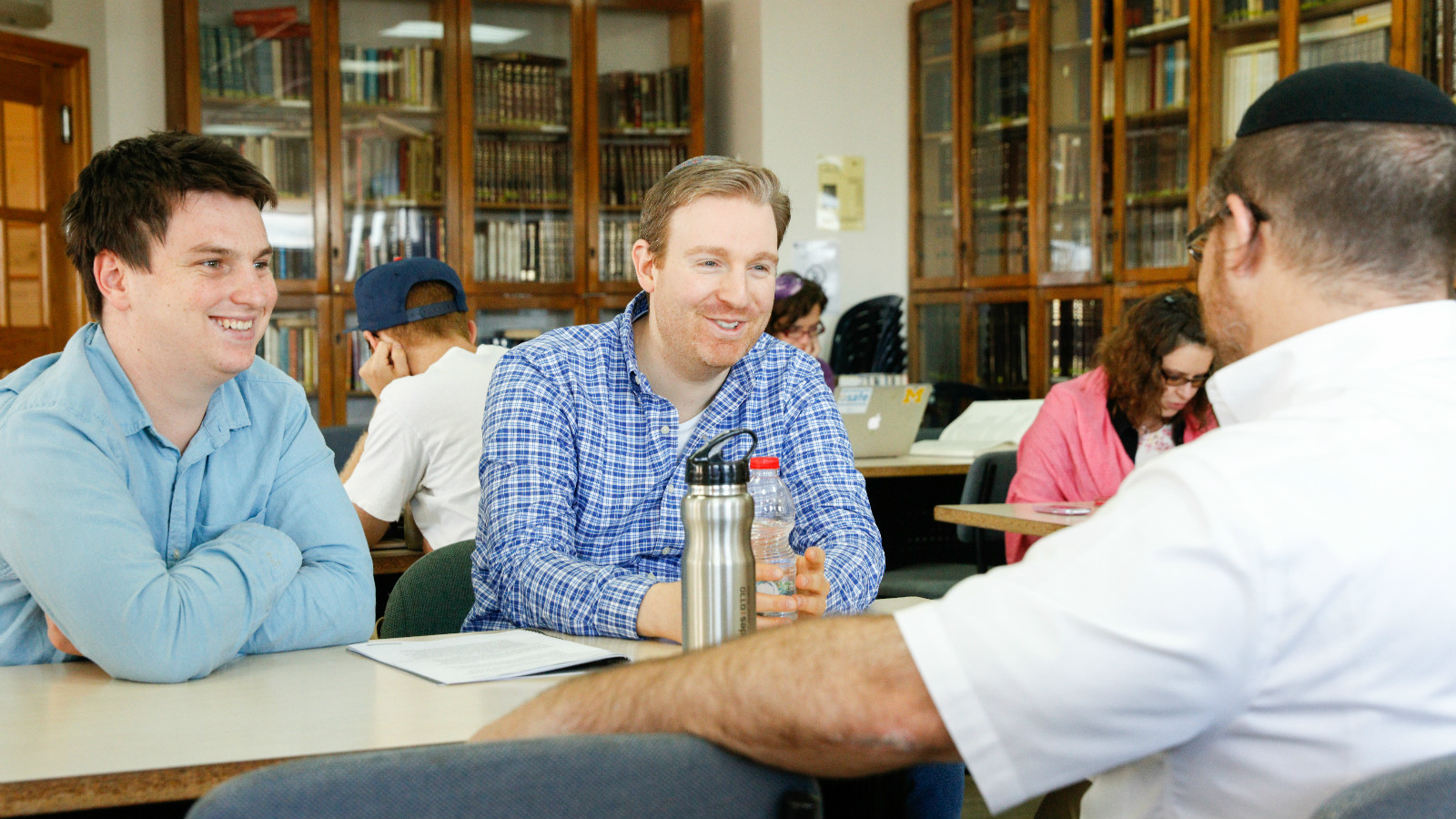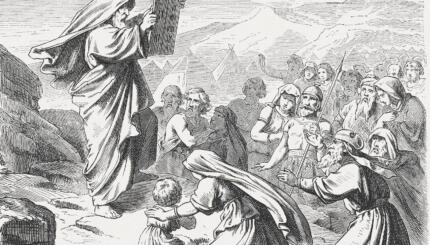The Bible is by, about, and for the people of Israel from its origins as a single family in Canaan through its partial return as a nation from exile in Babylonia. The Hebrew Bible is traditionally divided into three sections: תורה/Torah (Teaching), נביאים / Nevi’im (Prophets), and כתובים/ Ketuvim (Writings) from which is derived the name TaNaKh [also spelled Tanach], an acronym denoting the three sections. The Bible, which contains a diversity of voices and messages and yet remains a single book, reflects the ideal of a people that speaks with a diversity of voices and yet is seen as one people engaging in an eternal conversation.
About the Bible
The Bible is a complex book comprised of 24 books written by different authors over a period of around 850 years. It includes narratives, law codes, short stories, etiological tales, prophecies, exhortations, poetry, and wisdom writing. Although scholars have different perspectives on how the Bible came to be, the centrality of the Bible in Jewish culture, in Torah study, and in Jewish worship, is undisputed.
Bible in History
While the rabbis of the Talmudic era assert that the Torah existed before history, the events described in the Bible create a narrative that can be seen against the backdrop of world history. Different historians and archaeologists have various approaches to using the biblical text as a source for history.
Contemporary Issues in Reading the Bible
While the Bible bears the stamp of history in its language and cultural assumptions, its readers in every generation bring their own assumptions and concerns to their reading of the Bible. Various contemporary issues, such as feminist readings of biblical narratives or computer-assisted analysis of biblical texts, have drawn many people to the study of biblical texts.
The Three Books of the Bible
The Torah
The Torah, or Five Books of Moses, retells the story of how the family of Abraham and Sarah became the people of Israel, and how they came back from exile in Egypt, under the leadership of Moses, to the border of the land of Israel, on the way stopping at Mt. Sinai for the revelation of what are known as the Ten Commandments. The Torah includes both the narrative of the formation of the people of Israel and the laws which define the covenant that binds the people to God.
The Prophets
The second of the three sections is itself divided into two parts. The former prophets — including the books of Joshua, Judges, Samuel and Kings — are narratives that explain the history of Israel from the perspective of Israel’s fulfillment of God’s covenant. The latter prophets–including Isaiah, Jeremiah and Ezekiel, along with 12 minor prophets–report the exhortations of these fiery leaders to return to God and Torah.
The Writings
Something of a miscellany, the Writings include poetry (Psalms and Lamentations) and wisdom literature (Proverbs and Ecclesiastes), short stories (Esther, Ruth and Job), and histories (Ezra-Nehemiah and 1-2 Chronicles).
Bible Commentaries
Through the tradition of ongoing commentary, the laws, narratives, prophecies, and proverbs of the Bible find contemporary and eternal meaning. Classical commentaries like those of Rashi, Radak and Ibn Ezra show nearly as great a diversity in style and approach as more contemporary commentaries.
Torah
Pronunced: TORE-uh, Origin: Hebrew, the Five Books of Moses.
Tanach
Pronounced: tah-NAKH, Origin: Hebrew, Hebrew Bible (an acronym for Torah, Nevi’im and Ketuvim, or the Torah, Prophets and Writings).



